There are few characters in the history of Liverpool as beguiling and polarising as Bruce Grobbelaar – a man of a million disguises key to the triumphant 1980s.
There were two moments in the 1986 FA Cup final that turned the tide towards Liverpool, and neither of them were goals. In fact, both happened in our own penalty area, during the second half.
After a nervous few seconds in which he’d missed an awkward cross then shared an almost costly double misunderstanding with Jim Beglin, Bruce Grobbelaar lost his cool, pushing and shoving the Liverpool left-back, gesticulating and finger-jabbing furiously.
Within a couple of minutes, the chastened Beglin was in the Everton half, laying the ball off to Jan Molby, from where the great Dane played the killer pass for Ian Rush to score the equaliser.
Six minutes later, Kenny Dalglish’s side had the lead, thanks to another piece of brilliance from Molby, and a clever display of positioning and finishing from Craig Johnston.
It was a goal that came hot on the heels of a wonderful save by Grobbelaar, having back-peddled magnificently to tip over a Graeme Sharp header, after an uncharacteristic mistake from Alan Hansen when put under pressure by Gary Lineker.
Grobbelaar’s save arguably broke Everton on that incredible day at Wembley when Liverpool completed the league and cup double. Having dominated much of the game up until Rush’s equaliser, Howard Kendall’s side visibly shrunk from that moment onward.
From one extreme to the other, perhaps no other game quite summed up the complex character of Grobbelaar better than the 1986 FA Cup final.
A polarising figure, Grobbelaar was capable of intense greatness one second and utter chaos the next, all of which was done with complete and utter decisiveness, and an innate confidence in himself that could not be dented by his occasional voyages of misadventure.
Ray Clemence hadn’t just been the textbook goalkeeper for Liverpool, he had rewritten the scriptures on what should be expected of the club’s No. 1. To this day, Grobbelaar’s predecessor rightly remains the benchmark by which all other Liverpool goalkeepers are measured.
Yet Grobbelaar scrawled his very own subsection, in which the laws of footballing physics could be defied, if sometimes at potential risk of calamity. In overstretching the boundaries of common goalkeeping convention, Grobbelaar was capable of pulling off the type of saves that were seemingly beyond others.
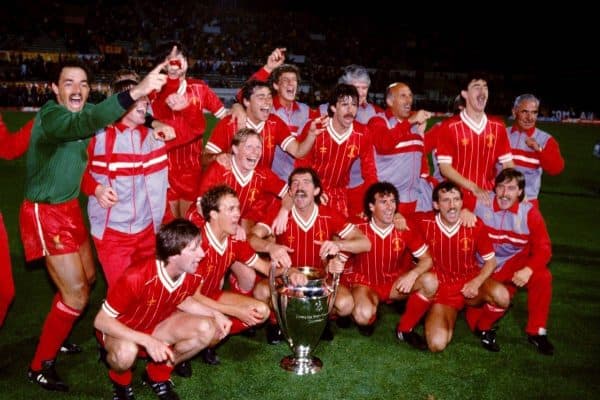
In Neville Southall, over on the other side of Stanley Park, Everton possessed the man that was quite possibly the best goalkeeper in Europe, while what Liverpool had was the right goalkeeper for them and their style of play.
A natural athlete, in his youth Grobbelaar had been both a promising cricketer and an exceptional baseball player, both of which leant techniques to his later thrown distribution of a football.
Swift, agile and with an eye on who was available to receive the ball before he had taken possession of it, Liverpool had a goalkeeper who was entirely in tune with how Dalglish’s outfield players were expected to play.
A journeyman until he arrived at Anfield, Grobbelaar was initially warned by Clemence that he would have his work cut out if he thought he was going to wrest Liverpool’s No. 1 shirt from him easily.
Playing his early football in Zimbabwe and South Africa, Grobbelaar made his first serious impact in the NASL with the Vancouver Whitecaps, via being drawn into combat during the Rhodesian Bush War.
Coming away from Canada with a winner’s medal from the 1979 Soccer Bowl, and the experience of having played in the same team as the likes of Alan Ball, Kevin Hector, Trevor Whymark, Willie Johnstone and Ruud Krol – plus having conceded one of his first goals in the NASL to Johan Cruyff – where Ron Atkinson and West Brom failed to obtain a work permit to take him to England in 1979, Liverpool succeeded in the spring of 1981.
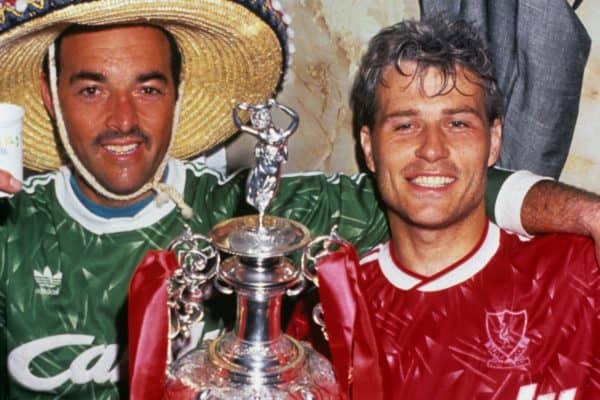
Assisted in their endeavours by Grobbelaar having spent the second half of the 1979/80 season on loan at Crewe Alexandra, Bob Paisley had been alerted to the talents of the Durban-born goalkeeper by Tom Saunders, who had been sent to scout an entirely different player.
With Grobbelaar back in Vancouver by the time Paisley decided to make a move for him, the Whitecaps’ head coach, Tony Waiters, himself a former England goalkeeper and once-upon-a-time part of Bill Shankly’s coaching staff, was more than willing to facilitate the transfer.
On one side, Waiters was eager to see a player under his wing be given an opportunity at one of the biggest football clubs in the world, while on the other a fee of £250,000, in March 1981, was a far-from-insignificant amount for a player whose experience of the European game amounted to 24 Fourth Division appearances, albeit with a goal to his name too.
Grobbelaar ended the 1980/81 season with three Central League appearances, all handed to him after Roy Evans’ dominant reserve side had already secured the title. As the summer of 1981 wore on, the more likely Clemence’s departure from Liverpool became.
As the England goalkeeper headed off to a new challenge at White Hart Lane with Tottenham, Paisley handed Grobbelaar his big chance. He almost fumbled it with both hands.
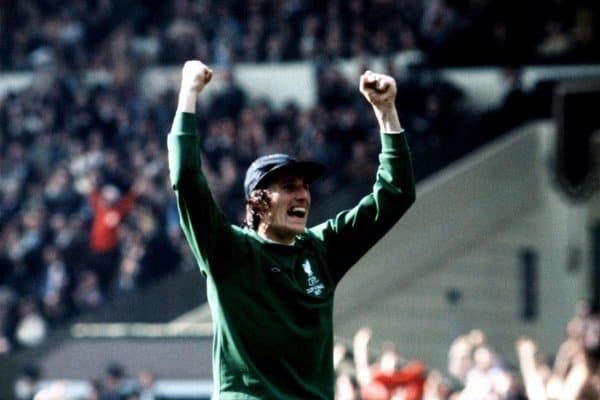
From sublime, to ridiculous, Grobbelaar’s debut season in the Liverpool first team was totally unpredictable.
Christened by Goodison dwellers as The Clown, one of his best performances of the season was, satisfyingly, away at Everton, yet there were also many bad days, especially during the first half of the campaign.
Man City at Anfield on Boxing Day was the nadir. A 3-1 reversal left Paisley’s side down in 12th position and staring at their lowest First Division finish since the 1953/54 relegation campaign.
Somehow, Liverpool began to click through the gears, and Grobbelaar started to build a greater understanding with his defence. Combined to the arrivals of Mark Lawrenson and Craig Johnston, plus the maturing of Ronnie Whelan and Ian Rush, suddenly a new Liverpool was emerging.
Against the odds, the 1981/82 First Division title was collected, ironically on an afternoon when Clemence returned to Anfield with his new employers, the same goalkeeper and opponents having been the victims at Wembley a few weeks earlier at the League Cup final.
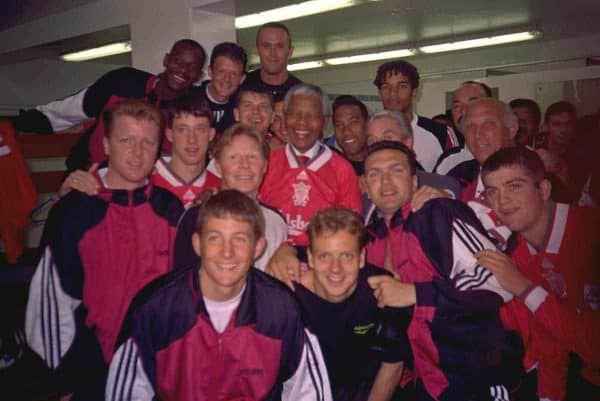
Having survived and prospered in a tumultuous season, Grobbelaar would be Liverpool’s undisputed first-choice goalkeeper for the next 10 years, until the arrival of David James gave him competition from the dawning of the Premier League – a rivalry in which both were also contending with Mike Hooper.
In a career that fluctuated, another league title and League Cup was won in 1982/83, offset by Grobbelaar being at fault for Liverpool’s European Cup exit, before greater consistency came in the treble-winning season of 1983/84.
A downturn in form followed in 1984/85, but then Grobbelaar hit his purple patch between 1985/86 and 1989/90 under Dalglish. His form elevated to such an extent that the FA explored all avenues possible to make him eligible for the England national team, to no bureaucratic avail.
Still, the club honours rolled in, with more league titles and more FA Cups.
Six league titles, three FA Cups, three League Cups and one European Cup, Grobbelaar was tough to stomach for some Liverpool supporters – those who had become so accustomed to Clemence and those who remain suspicious of events beyond his time at Anfield.
Yet no goalkeeper wins those levels of honours without possessing a massive degree of talent; arguably, the Liverpool of the 1980s would not attain the amount of success they did without Grobbelaar as their goalkeeper.
A man capable of a healthy degree of perspective due to his experiences in the Rhodesian Bush War, he was a humble supporter of those who grieved their loved ones at Hillsborough, and openly considered his future in the game in the wake of Heysel.
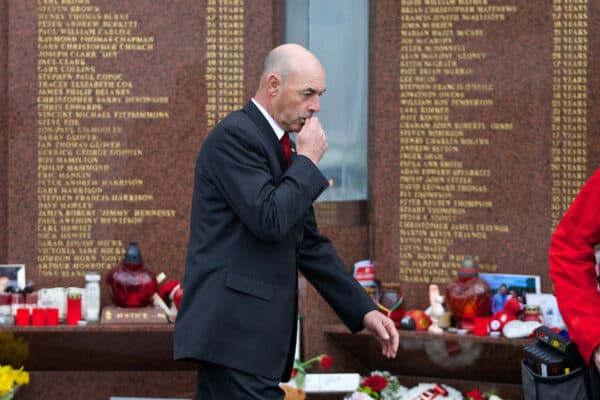
The undeniable recall image of Grobbelaar tends to be his contributions to the 1984 European Cup final penalty shootout, where he unnerved World Cup-winning superstars in order to pave the way for Alan Kennedy to be the hero of the hour.
There are so many alternative layers to Grobbelaar, however: a man of which 100 articles could be written and still there never to be a shortage of alternative approaches to be taken for the 101st.
When Grobbelaar springs to mind for me, though, I’m always taken back to the 1986 FA Cup final, and the game that seemed to perfectly encapsulate the two extremes of the man. The good, the bad and the ugly.
Whether you are hot or cold on Grobbelaar, without him, Liverpool would not have won the double in 1986 nor a fourth European Cup in 1984. His contribution to Liverpool should be widely appreciated.
Bruce Grobbelaar
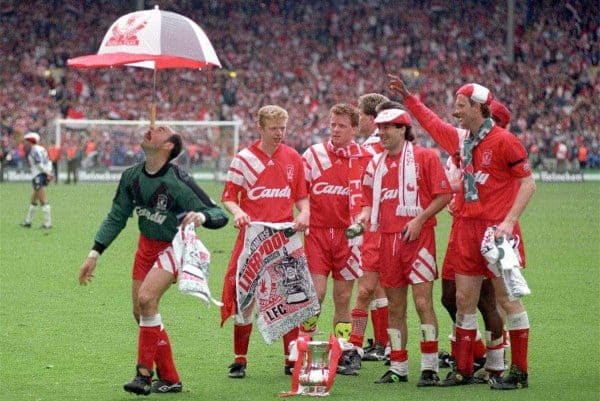
Appearances: 628
Clean Sheets: 267
Honours: First Division (6), European Cup (1), FA Cup (3), League Cup (3), Charity Shield (5), Football League Super Cup (1)

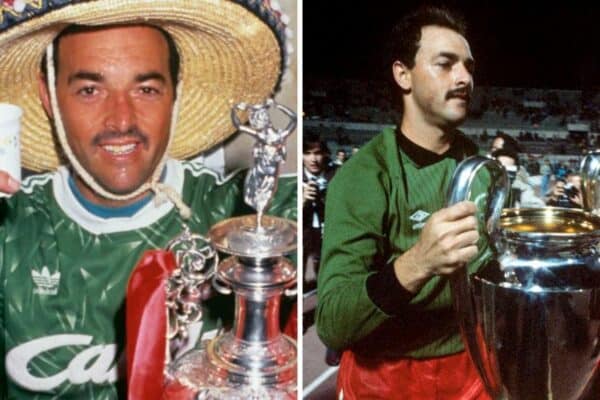

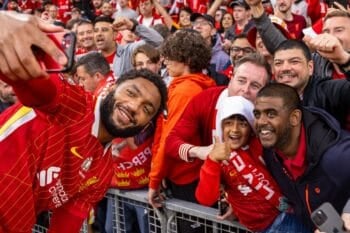
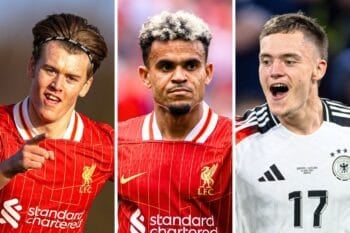
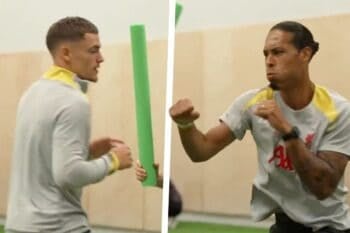
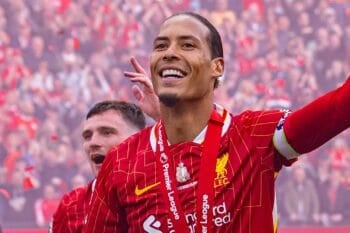
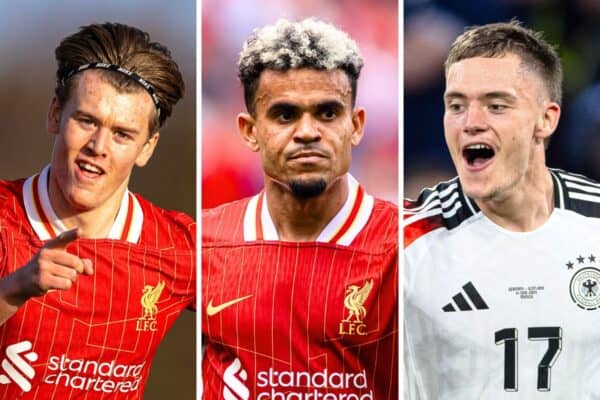
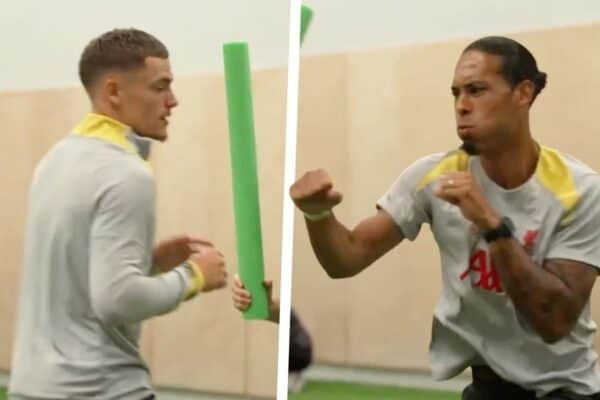
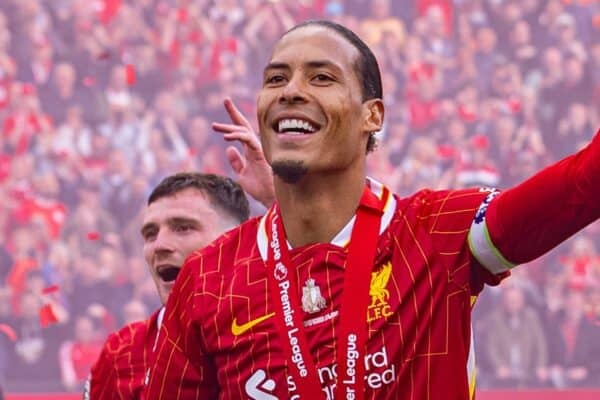
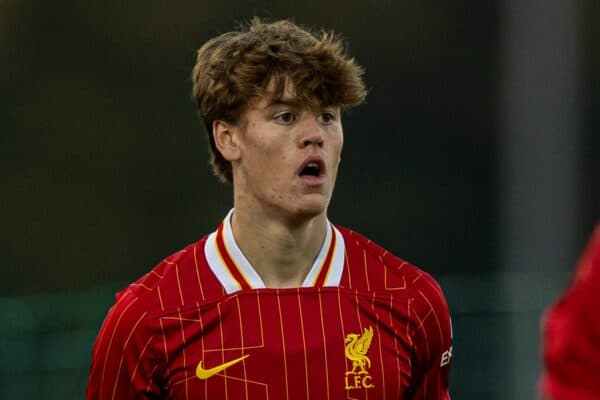
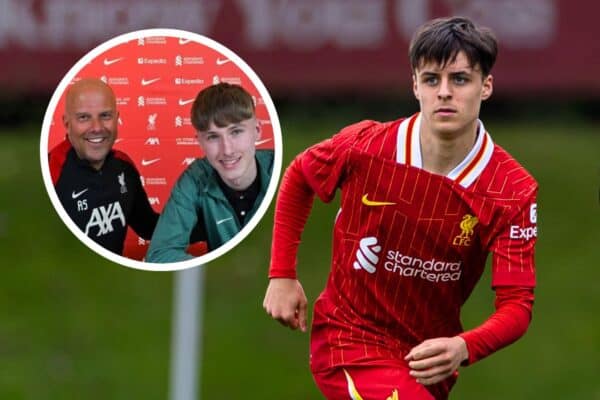
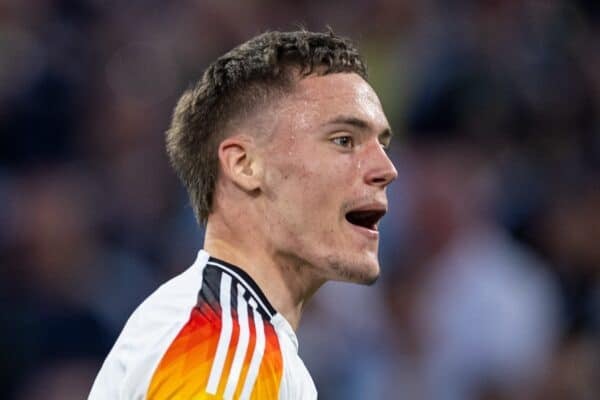
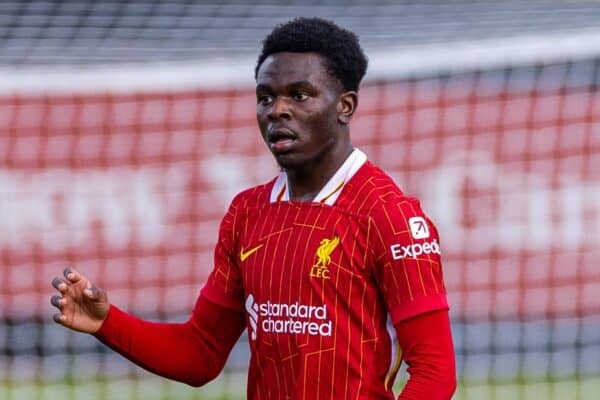
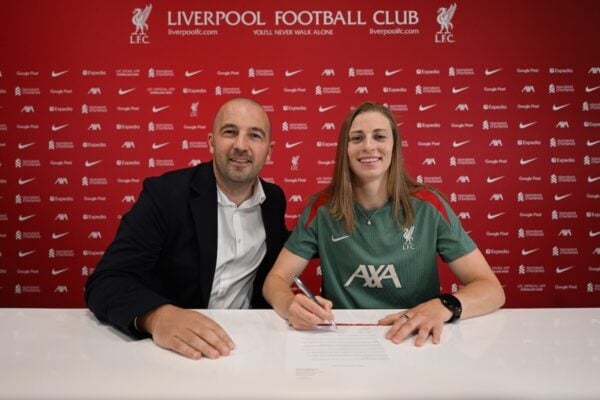
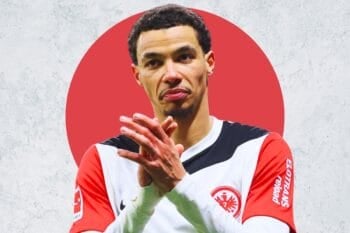

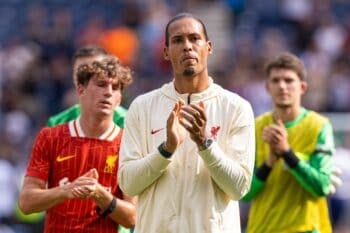
Fan Comments